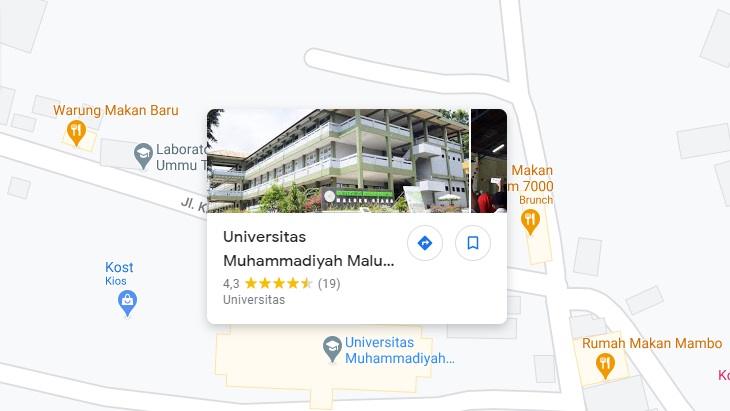Analysis of Pathogenic Bacteria in Salted Yellowtail (Caesio cuning) Fish Products in Ternate City Area Markets
DOI:
https://doi.org/10.52046/jssh.v4i2.2262Keywords:
Salted fish, Escherichia coli, Most Probable NumberAbstract
Salted fish is a food ingredient made from fish meat preserved by salting and drying methods that has a distinctive taste and texture with a shelf life of up to months to years. However, the traditional process of making and selling salted fish still does not pay attention to sanitation and hygiene issues. This study aims to identify Escherichia coli bacteria and determine the total Escherichia coli bacteria in yellowtail salted fish products (Caesio cuning). The benefits of this study can determine whether or not yellowtail salted fish products (Caesio cuning) meet the requirements for pathogenic bacterial contamination according to SNI. Random sampling, the samples used in this study were salted yellowtail fish (Caesio cuning) obtained at the three markets in Ternate City Region. The microbiological test stages of determining Escherichia coli bacteria using (SNI 2332.1: 2015) are in the pre-suspect test and the presumptive test adjusted to the APM Table (Most Likely Number). The data were analyzed descriptively qualitatively, obtained the total results of Escherichia coli bacteria from the three samples, namely <3 APM. The results of this study are in accordance with the requirements of the quality standard of dried salted fish for Escherichia coli bacterial contamination based on the Indonesian National Standard (SNI 8273-2016) which is <3 APM so that it is feasible and safe for consumption because it does not exceed the predetermined limit.












